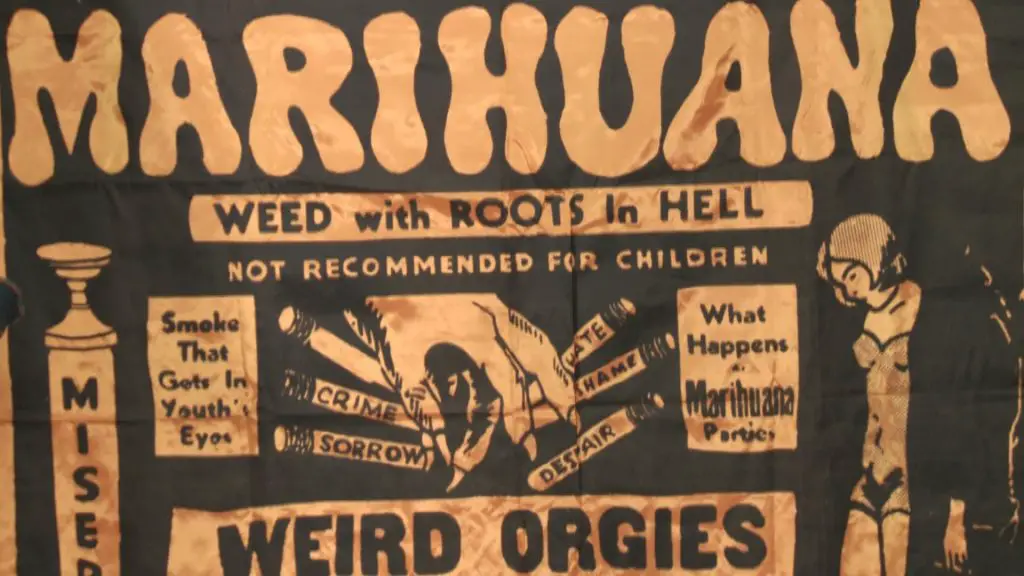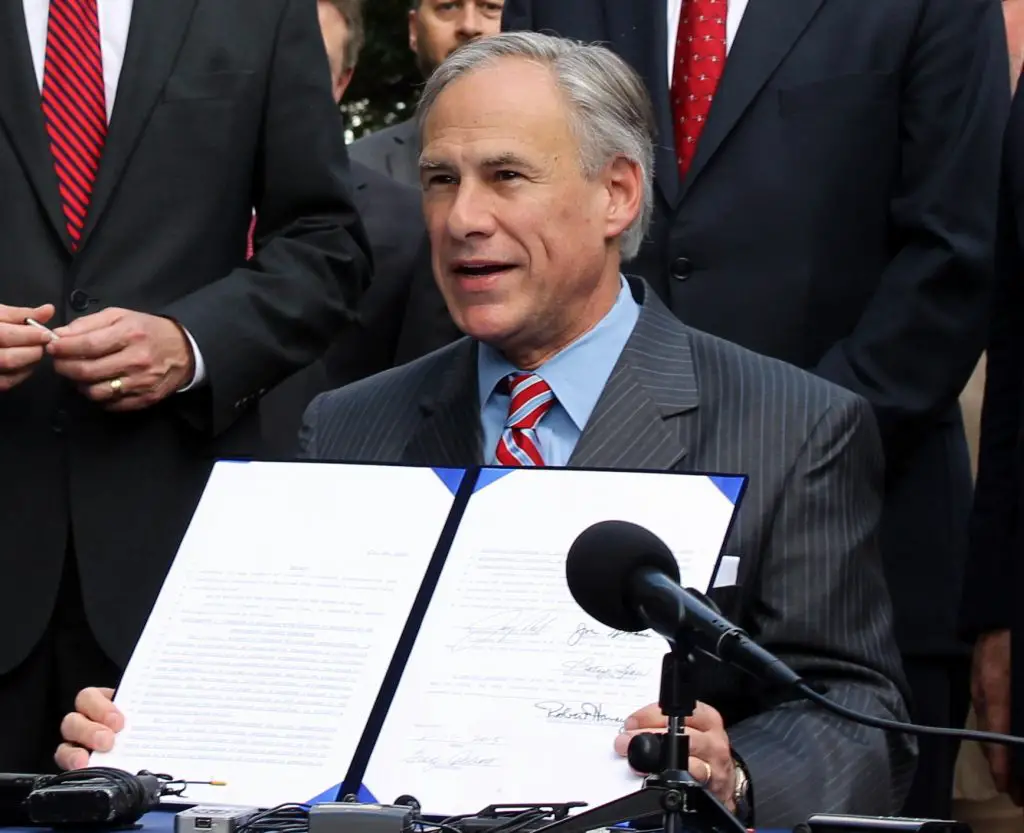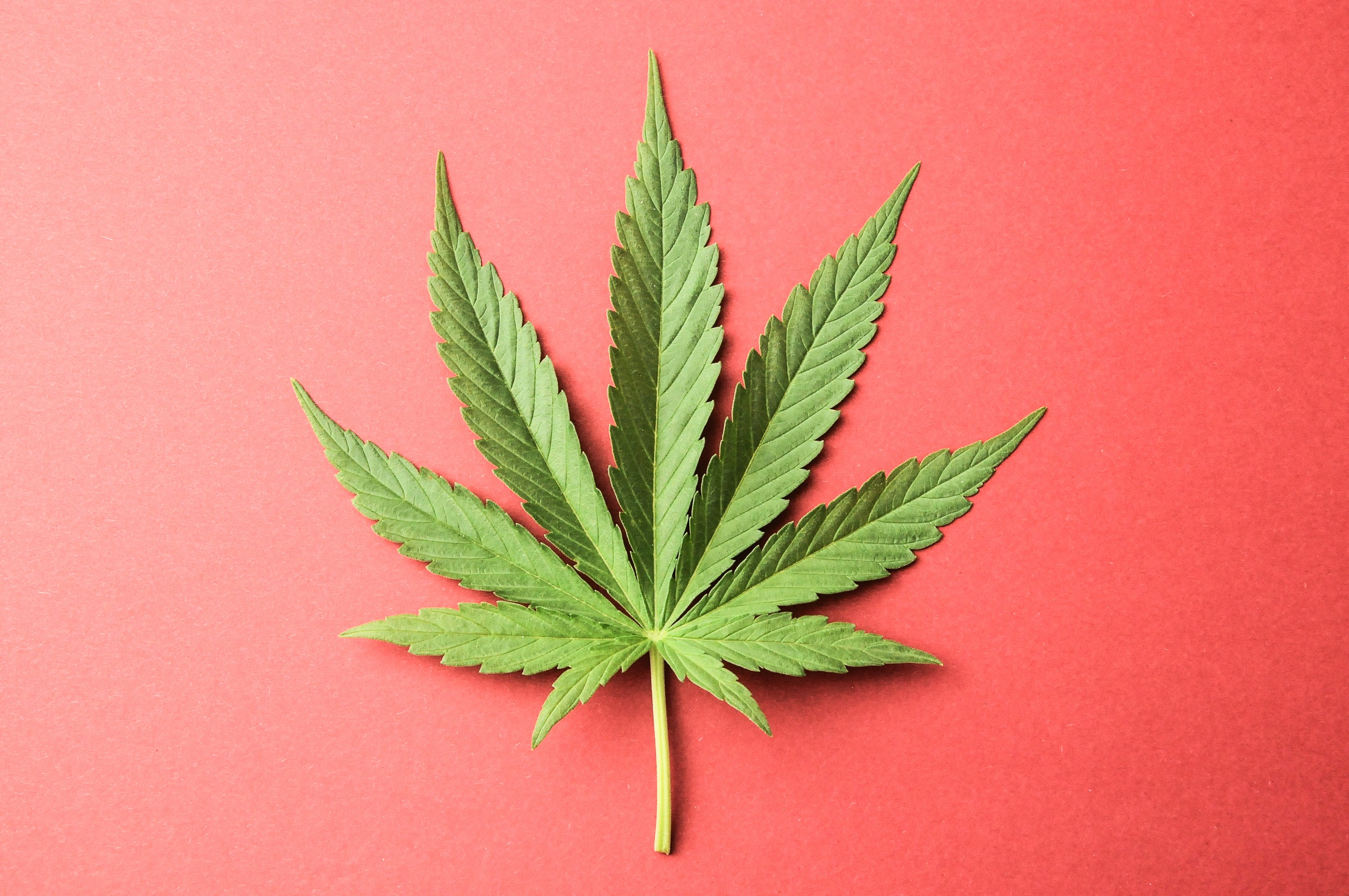Why Weed Fans Need to Rock the Toke
What the DEA’s announcement means and how Texas students can help change marijuana policy.
By Jessica Stowe, The University of Texas at San Antonio
Since the hysteria of anti-marijuana propaganda that saturated the American media during the early-to-mid twentieth century, propelled by a circulation of yellow journalism and dreadfully exaggerated films like “Reefer Madness” (1936) and “Marihuana” (1936), the effort to reverse the lasting damage against the reputation of cannabis and its potential benefits to society has been an uphill battle.

Imagine flipping through a magazine in the quiet moments of a dentist’s waiting room and seeing something as foolish and terribly misinformed as this. For anyone not suffering from the willful ignorance of a 70-year old, ultra-right wing Congressman in his nine-zillionth term, laughter would ensue. The sensationalist language that drove Harry Anslinger’s staunch effort to criminalize drugs and fund the Federal Bureau of Narcotics, for which he was the first commissioner from 1930 to 1962, often reached outlandish claims.
Assassin of youth.
Devil’s harvest.
Weird orgies and wild parties.
While the heyday of anti-marijuana propaganda peaked during Anslinger’s influence over the increasingly rigid laws prohibiting its use and distribution, it is not as far away as one would like to think—especially considering the announcement made by the Drug Enforcement Administration on Thursday that marijuana is to remain a Schedule I substance despite overwhelming support from the public to remove it.
Following the execution of the Controlled Substances Act in 1970, which classified marijuana as potentially harmful as cocaine and heroin (oh jeez…), the struggle to absolve the hemp plant of its demonization and educate the public on its myriad beneficial uses has been an ongoing pushback against the unjust profiteering of federal institutions.
The Damage of Bureaucratic Practices
The overwhelming evidence in support of the economic, industrial and medicinal benefits of marijuana has been enough to win over the general population in recent years, with 58 percent of Americans in favor of legalization according to a recent Gallup poll.
Unfortunately, it hasn’t been enough for the federal government (what a surprise).
The enthusiastic sarcasm here points to the repetitive failure of the DEA to acknowledge the potential of the cannabis industry despite the success of both recreational and medicinal marijuana decriminalization across a large number of states.
It’s important to understand the lasting damage caused by the careless ignorance of the DEA and how bureaucratic institutions use sensationalist propaganda to manipulate public opinion for their own financial gains. See: The DEA warns marijuana grow spots are the “new meth houses”
Like the initial efforts of the FBN (Federal Bureau of Narcotics) that claimed cannabis was the devil’s lettuce, the DEA has continued to perpetuate the same false sense of fear that Harry Anslinger instilled several decades previously.
Except this time this public is informed, understanding and fed up with their bullshit.
All of this information is not new, and the case against the DEA’s massive waste of tax dollars and complete failure in the War on Drugs is a subject that has been discussed relentlessly in the public sphere for a long time by both marijuana advocates, politicians and even members of the police force.
So, what exactly can the American people take away from Thursday’s announcement that they do not already know? What exactly can be conveyed for the reader of this article that has not already been said?
You don’t need marijuana to have a weird and wild orgy!
Okay, no, you don’t—and there is actually next to nothing that has not already been said. The decision to keep marijuana a Schedule I substance only reinforces what the public already knows.
What needs to be reiterated here is that if there is to be any the success in the effort of legalization, it rests in the hands of the people and the states. The rigid opposition from the federal government leaves the fate of legalization up to the same kind of movement that allowed the state of Colorado to become the first to lift the prohibition for both recreational and medicinal use.
Yes, the damage caused by this decades-long fight is of considerable proportions, but it is plausible to say that the DEA’s denial to remove marijuana from Schedule I classification has put the American people at an advantage.
Thursday’s announcement strikes yet another chord of disappointment for cannabis advocates, especially those representing states with the strictest laws and stiffest punishments for marijuana users deemed criminals. If anything, it should be the final strike against the DEA and the decisive shove that turns the power back over to the citizens.
The advantage here is that because the bureau once again refused to acknowledge the overwhelming evidence for the benefits of cannabis and the widespread public approval of its legalization, the glaring injustice is now an issue too large to approach with passive activism. The states, and most of all the people, know that the fight to end marijuana prohibition is turning a corner; the federal government may just be on its backwards slide in the War on Drugs. Somewhere, Ronald Reagan is toking in his grave.
Legalization in the Lone Star State
When it comes to observing the Constitution, the South has historically been the figurative right-wing of America that offers little to no progression on the relaxation of drug laws, at least until recently. The state of Texas reached a milestone last year when Gov. Gregg Abbott signed into law the Compassionate Use Program allowing patients suffering from debilitating conditions access to cannabis products with low levels of THC. Texas’ first dispensaries are to open by September 2017.

While this accomplishment is certainly a historical moment, the citizens of Texas understand that the fight must keep moving forward. Antiquated drug laws are no longer a subject of passive acceptance. With the advancement toward complete legalization of marijuana—recreational and medical—there’s bound to be wild orgies on every university campus in Texas.
Getting Involved
On a serious note, it is imperative to remind the reader that the voter turnout of college-aged adults is astonishingly low, yet their voices are the most powerful in the room. The “shattered hopes” and “tangled lives” of those lost souls in “Marihuana” (1936) are a mockery of the voice of young people. The college campus effort to fight the War on Drugs began decades ago, the back of a van on the way to Woodstock with a joint rolled from what would be considered today as really shitty weed, and will soon come to an end.
Thanks to organizations such as NORML, or the National Organization for the Reform of Marijuana Laws, it is actually very easy for students to get involved in their state-specific issues by forming their own campus chapter. The finish line is not far off and with a loud enough call to the grassroots movement, students have the power to make history in Texas.
Other organizations through which students can get involved:

















